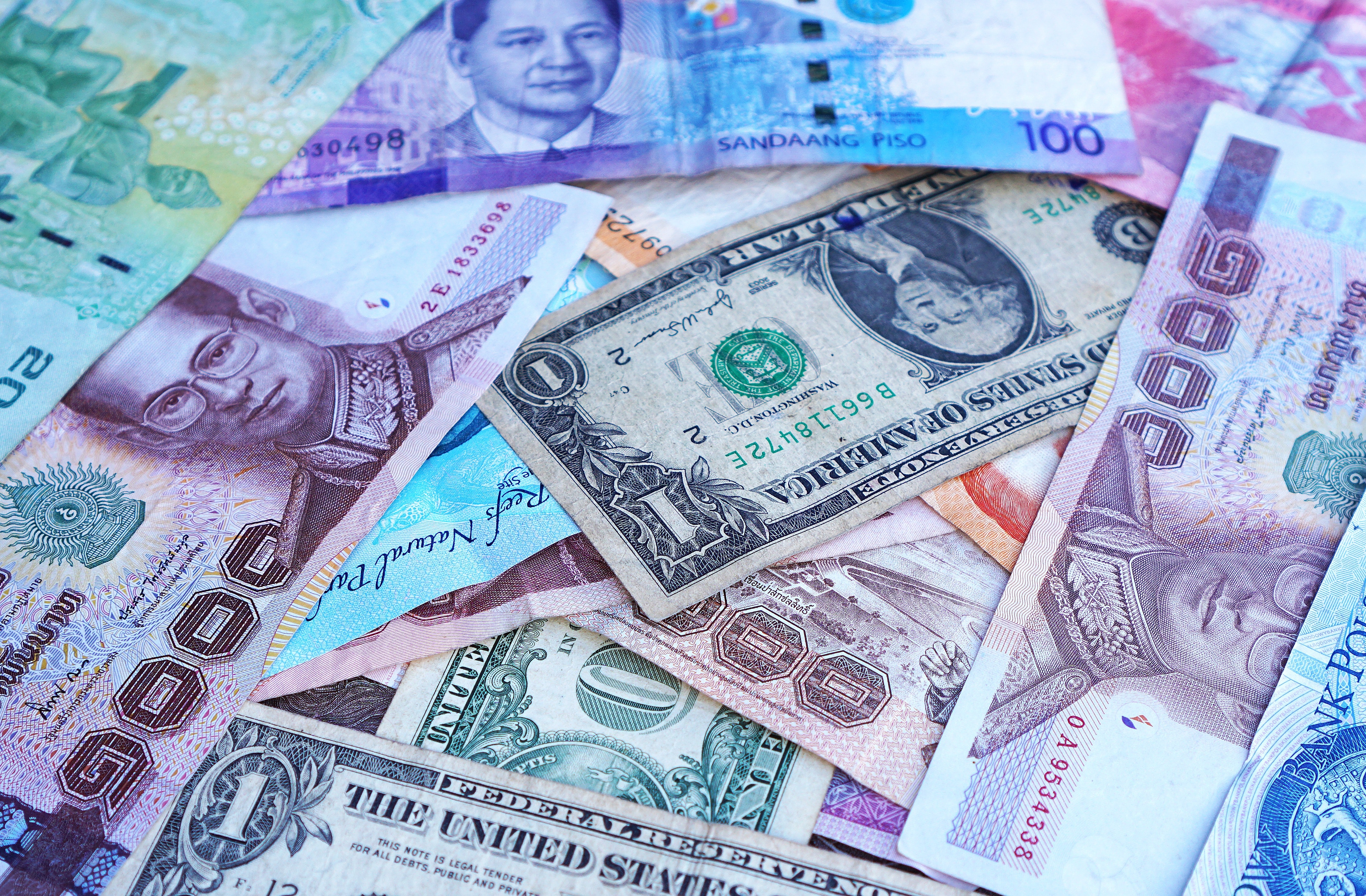CURRENCY CHOICE CAN PLAY A KEY PART IN YOUR INVESTMENT ADVICE PROCESS
A robust and repeatable investment advice process should always start with understanding the key needs and objectives of your clients. Every client is different and when assessing suitability and building investment portfolios for your clients, it is important to understand their individual investment goals along with their attitude to risk.
There are many factors that need to be considered when constructing a portfolio for investors looking to invest internationally. As part of your portfolio construction and fund selection process, an important element that needs to be factored in is which currencies your clients are exposed to, the additional risk they provide and how they reflect on your clients’ risk profiles.
The impact of currencies on investments
Like most asset classes, currencies go up and down over time and these movements can have a significant impact on investment returns, both positive and negative. This is why choosing a currency should be an integral part of any investment decision and should be considered a risk. The greater the risk, the greater the potential for return which means that sometimes it may be beneficial to have some currency exposure.
One of the key questions is what happens to the value of the currency of a chosen fund. Many global funds tend to be denominated in USD, so when the value of the USD rises relative to the investor’s home currency, the value of their overseas assets goes up. On the flip side, if the value of the USD goes down, the value of the assets compared to the home currency will also go down.
How to mitigate the risks of currency
Investors who do not want to take currency risk have two options: either to invest in their own home markets using funds that are denominated in the home currency, or to ‘hedge’ their foreign currency exposure when investing in assets that are priced in currency other than their home currency. The decision on which option to go with should be based on each investor’s personal circumstances, risk appetite and their views on what will happen to the interest rates and exchange rates. Ultimately they need to ensure that they choose the most appropriate investment for them.
Over the long term currency hedging may offer some valuable protection especially in volatile markets or when the currency of the fund is appreciating and foreign assets of the fund expressed in that currency are worth less and less. However, this is not always the case and sometimes currency hedging can have a negative impact which may come from the additional hedging costs or from missed opportunities by giving away the appreciation of the currency of the funds’ assets.
As an example, so far this year GBP has been depreciating compared to USD. As a result of this, investors who have chosen to invest in GBP hedged share classes of funds which invest in a USD portfolio have been suffering as they hedged away the appreciation of the USD currency and paid for the hedging costs. If they had invested in unhedged share classes and exposed their investment to the currency exchange risk, the story could be different. However, as mentioned earlier, like most asset classes, currencies move up and down over time, impacted by many factors such as monetary policies and geopolitics.
This is why the impact of currency on the performance of a global portfolio over the long term should be considered as an integral part of any initial investment decision and reviewed as part of regular client discussions.
Visit our website for tools and guides to help you with your investment planning process.








